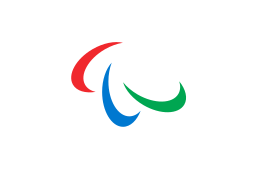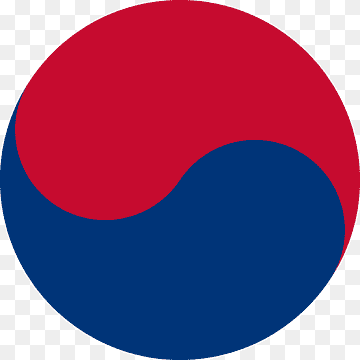The Paralympics symbol is a powerful representation of the spirit and values of the Paralympic Games. It has evolved over the years, with each iteration reflecting the core principles of the event. In this article, we’ll explore the symbol’s meaning, history, design, and key milestones, breaking everything down into simple points.

1. Meaning of the Paralympics Symbol
- The current Paralympics symbol features three “Agitos” (which means “I move” in Latin), represented as swooping crescents in red, blue, and green.
- These Agitos encircle a central point, symbolizing the movement, unity, and strength of Paralympic athletes from all over the world.
- The three colors (red, blue, and green) were chosen because they are the most widely represented colors in national flags globally.
- The symbol embodies the Paralympic motto: “Spirit in Motion,” representing the athletes’ determination and the Paralympic movement’s global impact.
2. When Was the Paralympics Symbol Designed?
- The current Paralympics symbol was introduced in 2004 at the Athens Summer Paralympic Games.
- Before 2004, different symbols were used, including the “Tae-Geuks” (similar to the Yin-Yang symbols) from 1988 to 2004, which symbolized the original idea of harmony in the world.
3. Who Designed the Paralympics Symbol?
- The International Paralympic Committee (IPC) oversaw the development of the current logo, though no specific individual designer is publicly credited.
- The redesign aimed to create a distinct and modern identity that was globally recognizable, focusing on movement and unity.
- The new symbol aligns the Paralympic Games with its core values of determination, equality, inspiration, and courage.
4. Historical Evolution of the Paralympics Symbol
- 1988 – 1994: The Five Tae-Geuks
Initially, the Paralympic symbol had five Tae-Geuks, similar in concept to the Olympic rings, representing harmony and balance. - 1994 – 2004: Three Tae-Geuks
The number of Tae-Geuks was reduced to three, representing the core values of mind, body, and spirit. This was a stepping stone to the modern Agitos. - 2004 – Present: The Agitos
The current design featuring three Agitos was introduced, marking a shift to a more dynamic and inclusive representation.
5. Why Was the Paralympics Symbol Changed?
- The change in 2004 was driven by the need for a unique and separate identity for the Paralympic Games, distinct from the Olympic Games.
- The Agitos symbol was chosen for its global appeal and its ability to represent movement, progress, and inclusivity.
- The International Paralympic Committee wanted a symbol that could inspire and resonate with people worldwide, emphasizing the core principles of the Paralympic movement.
6. Key Facts About the Paralympics Symbol
- Meaning: Represents movement, unity, and global inclusivity.
- Design: Three Agitos in red, blue, and green colors.
- Introduction: The current symbol was introduced in 2004.
- Historical Evolution: From Tae-Geuks to Agitos, reflecting the growth of the Paralympic movement.
- Values: Embodies determination, courage, inspiration, and equality.
What is “Tae-Geuk”?
The “Tae-Geuk” is a traditional Korean symbol representing balance, harmony, and the interconnectedness of opposites, similar to the concept of Yin and Yang in Chinese philosophy. It is often depicted as two swirling halves—one red and one blue—within a circle, symbolizing the balance between opposing forces in the universe, such as light and dark, good and evil, or positive and negative energy.
The Tae-Geuk is most commonly seen in the South Korean flag, known as the “Taegukgi,” where it sits at the center, symbolizing peace, harmony, and the unity of all things. It reflects the Korean belief in the balance and cyclical nature of life and the universe.
In the context of the Paralympic Games, the Tae-Geuk was used in the original Paralympic symbol from 1988 to 2004. The design incorporated multiple Tae-Geuks to represent harmony and balance within the Paralympic movement. Eventually, the symbol evolved into the current Agitos, shifting to a more universal representation of the Paralympic values.

Conclusion
The Paralympics symbol is more than just a logo—it’s a representation of the values and spirit that define the Paralympic movement. The journey from the Tae-Geuks to the Agitos reflects the evolution of the Paralympic Games into a globally recognized event that celebrates the achievements and resilience of athletes with disabilities.
By understanding the history and meaning behind the Paralympics symbol, we gain a deeper appreciation for the significance of the Paralympic Games and their impact on the world.





Leave a Reply